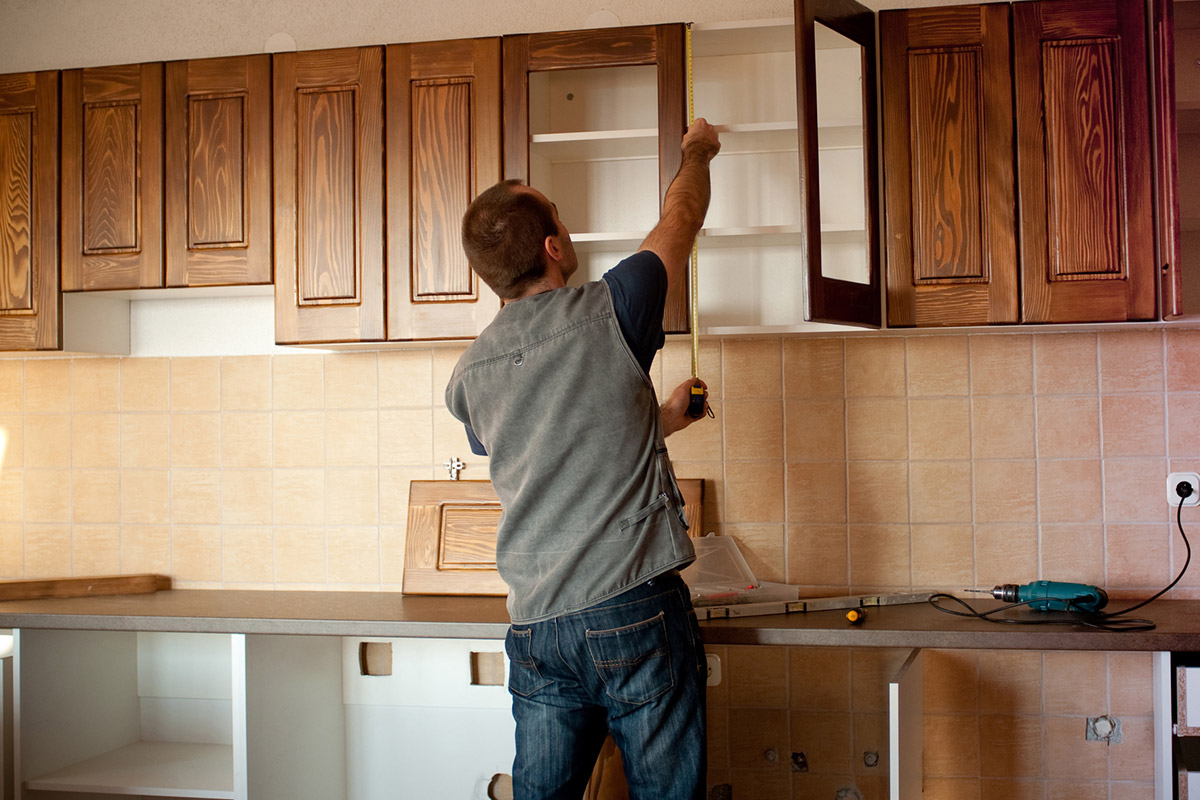If you choose to make more substantial changes, you would be wise to use a contractor who is specifically trained in remodeling homes for senior living. A well-informed contractor will also be able to advise you as to how those changes can positively affect your home’s value at re-sale.
It is important that your remodeling follows something called Universal Design Principals. This is a fancy way of saying the design appeals to, and works for, people of all ages, physiques and stages of health. Most universal design features just make good sense, such as floors and bathtubs with non-slip surfaces, thresholds that are flush with the floor, good lighting, lever door handles and rocker lighting. Just because they are easier and safer for Seniors doesn’t mean they’re not nicer for everyone.
Some common universal design features include wide doorways; wide hallways; no-step entry; one-story living; and extra floor space. Other popular renovations that incorporate universal design elements are revamping bathrooms with a walk-in shower and a sitting stool, reconfiguring kitchens with lowered appliances, cabinets with roll-out shelves, accessible space under countertops, and the addition or creation of a first-floor bedroom.

None of these changes need to appear institutional – in fact, when crafted by a well-trained professional they can make your home more appealing.
When considering Aging in Place renovations for your home think about the following at the bare minimum:
Do you want to add a bathroom and possibly a bedroom on the first, or main, floor?
- Are you concerned about preventing falls?
- Do you want to make the kitchen more functional as your mobility decreases?
- Do you want to make your bathroom more accessible and senior safe?
- Will other members of my family and future buyers benefit from modifications?
- Will remodeling increase the energy efficiency of your home?
When you have a basic idea of what you want to accomplish, now is the time to find the right contractor or remodeler.







